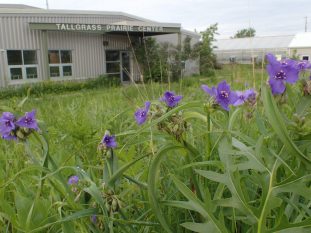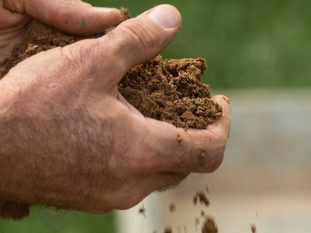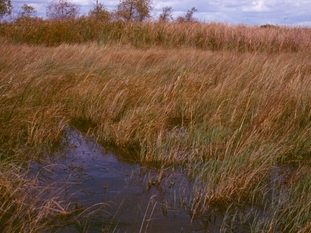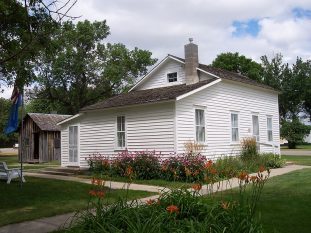Converting some areas of your turf to prairie could lead to significantly positive effects on the ecology, and save you money doing it! Here are some benefits of turf to prairie conversion:




(Source for pie chart figures: Purakayastha, T.J., Huggins, D.R., Smith, J.L. (2008). Carbon Sequestration in Native Prairie, Perennial Grass, No-Till, and Cultivated Palouse Silt Loam. Soil & Water Management & Conservation, 72(2), 534-540.doi:10.2136/sssaj2005.0369)
Carbon dioxide acts like a blanket and traps the heat energy from the sun, increasing surface temperatures–a phenomenon commonly referred to as climate change.
An increase in trapped carbon in the soil is a potentially important strategy for reducing carbon dioxide emission in the atmosphere.
The growth characteristic of prairie grass (they tend to regrow without extensive attention or seeding and increase in numbers every year) increases the amount of carbon in the soil, and improves soil quality.
Conversely, turf grasses have a shorter root system and don’t have the capacity to store as much carbon in the soil as prairie grass. They also require a lot more effort to maintain; mowing, irrigating, and fertilizing activities require lots of energy and release additional carbon into the atmosphere.
The pie chart compares their storage capacities (grams of carbon per squared meter per year)
The Tallgrass Prairie Center hosts a a free online tool that allows you to build a custom native prairie seed mix, estimate the cost for each mix and view contact information for Iowa’s top native vendors. To use the seed calculator and to learn more about it, click here